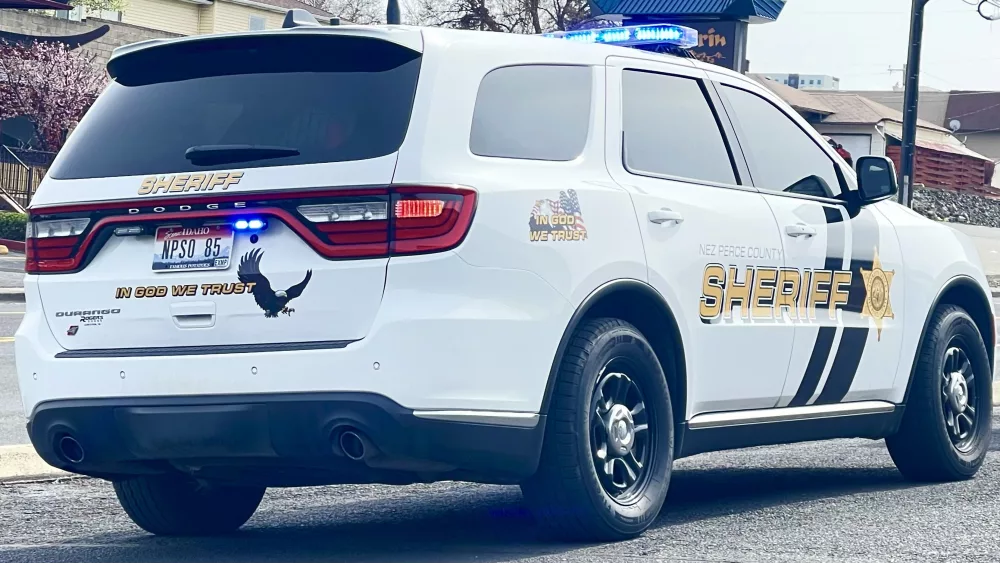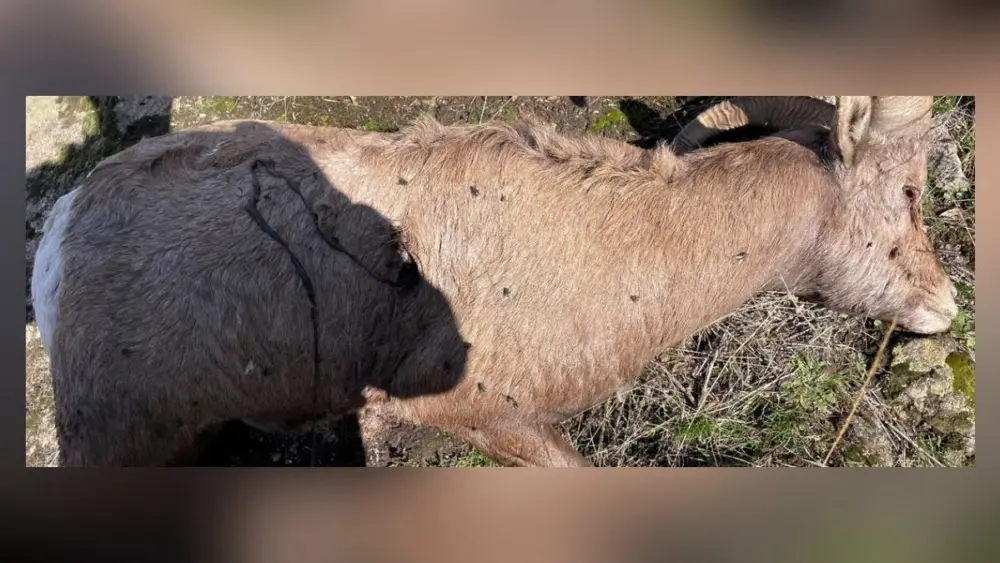PULLMAN, WA – A 3D printer donated by an alumnus to the Orthopedic Department at the Veterinary Teaching Hospital at WSU’s College of Veterinary Medicine is helping small-animal surgeons give more precise care to patients requiring orthopedic and other surgical procedures.
A new 3D printer donated to the Washington State University Veterinary Teaching Hospital is helping to modernize how veterinarians approach complex orthopedic surgeries.
The printer was donated to the university by 88-year-old Dr. George Ross — a 1963 graduate of WSU’s Doctor of Veterinary Medicine program who has a long history of supporting scholarships at the College of Veterinary Medicine.
“Having access to this kind of technology is a big step forward for us,” said Dr. Bettina Darveshi, a veterinary surgeon at WSU. “It allows us to create precise, patient-specific models so we can plan surgeries in greater detail, reduce time under anesthesia, and improve outcomes. It’s an incredible gift that’s elevating the level of care we can provide.”
Darveshi said the printer has been especially useful for cases involving patients with severe medial patella luxation — or kneecap dislocation — and limb deformities. Using CT scan data, exact physical replicas of the affected bones and joints can be created, allowing surgeons to map out intricate corrections before a single incision is ever made. She’s also exploring the use of printed surgical guides and patient-specific fracture reconstructions.
When you hold the model in your hands, it gives you an exact sense of injuries or deformities and how to correct them. It’s a much more intuitive planning process than just looking at it on a computer screen.
Dr. Bettina Darveshi, veterinary surgeon
Washington State University
“When you hold the model in your hands, it gives you an exact sense of injuries or deformities and how to correct them,” Darveshi said. “It’s a much more intuitive planning process than just looking at it on a computer screen.”
The printer will also play a future role in training surgery residents. Darveshi said WSU is collaborating with the University of Florida and German company Vetiqo to develop arthroscopy simulation models that can provide residents with hands-on experience before operating on live patients.
“We’re just scratching the surface,” she said. “This is helping us improve care, prepare our residents better and take on the most challenging cases.”
The printer is the second that Ross, who has spent all but a handful of years of his six-decade long career at his clinic in Taft, California, has donated to the teaching hospital. The first came following his 50th veterinary class reunion, when he attended a WSU mechanical engineering presentation on printing titanium orthopedic parts.
“After that, I thought every veterinary college should have a 3D printer,” Ross said. “I looked into it, and a couple years later I got WSU the most modern printer available at the time and donated it to the radiology department.”
Dr. Thomas Wilkinson, a radiologist at the WSU Veterinary Teaching Hospital, quickly embraced the technology and became the de-facto 3D printing expert at the facility. He used the technology to support orthopedic and neurology cases, and the anatomy department also began creating printed teaching models.
With Wilkinson recently transitioning to a remote role, Darveshi has taken the lead in integrating and expanding the use of the technology since the donation of the new printer.
Ross has also supported WSU students through scholarships, including the George G. Ross Scholarship Endowment for Radiology, which he established in 1990. It was the first scholarship in the college created specifically to support students with an interest in veterinary medical imaging.
“I’m happy to have donated time, money and excitement for students and all the kids who’ve gone through school,” Ross said. “It makes me feel good to contribute, and it’s been a rewarding experience all around.”





